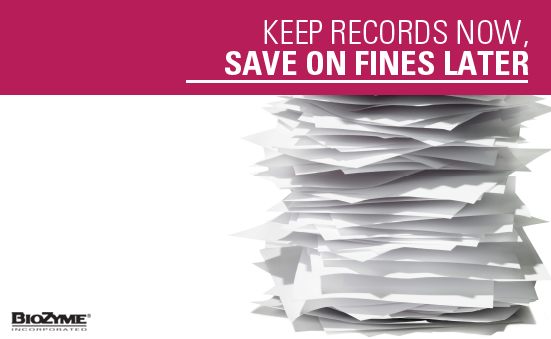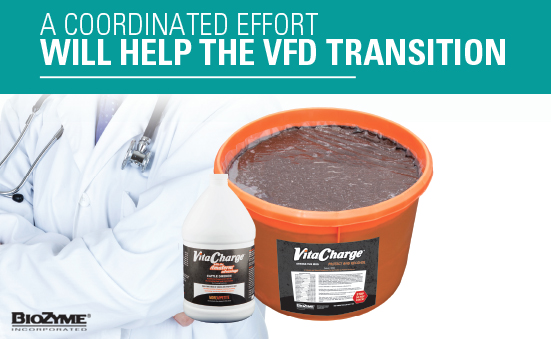You invest a lot of time and energy helping your customers develop nutrition programs that help them put more dollars in their pockets. But, with the introduction of the Veterinary Feed Directive (VFD), now is the time to make sure your records are in order so if you are audited, your checkbook doesn’t take a hit with heavy fines in the future. Have you filed with the FDA? Do you have a person in your dealership to track the directives? And did you know software programs exist to help you track sales of medicated feeds?
All distributors of VFD feed must notify the FDA prior to selling any feed or supplements. Any changes of feed dealership name, ownership or address must be submitted to the FDA within 30 days of the change.
Th e only way you can sell VFD feed or supplements is with a complete written order from a veterinarian, similar to a doctor’s prescription. Once the order is filled, you must retain the directive and proof of sale/distribution. All records must be kept for two years, and be readily available to the FDA if requested for inspection/audit. The BioZyme® staff has created a sample form to make sure that you have a complete directive, and everything is in order before you sell any medicated feed. Visit the Online Dealer Center at www.biozymedealer.com and click on “Regulatory Center” to download the sample forms.
e only way you can sell VFD feed or supplements is with a complete written order from a veterinarian, similar to a doctor’s prescription. Once the order is filled, you must retain the directive and proof of sale/distribution. All records must be kept for two years, and be readily available to the FDA if requested for inspection/audit. The BioZyme® staff has created a sample form to make sure that you have a complete directive, and everything is in order before you sell any medicated feed. Visit the Online Dealer Center at www.biozymedealer.com and click on “Regulatory Center” to download the sample forms.
A simple Google search will result in several software and online options for feed distributors to use to track records when selling VFD feed and supplements. You can also create your own document in Excel to track sales and record the directives. However, according to Kevin Glaubius, Director of Nutrition and Technical Sales for BioZyme, an actual paper trail needs to exist, and dealers will need to have hard copies of directives on file, not just electronic versions.
Remember, staying on top of your record keeping now, can save you time, headaches and dollars in fines in the future. A proactive approach to good record management will hopefully prevent a check-writing reaction in the future.

